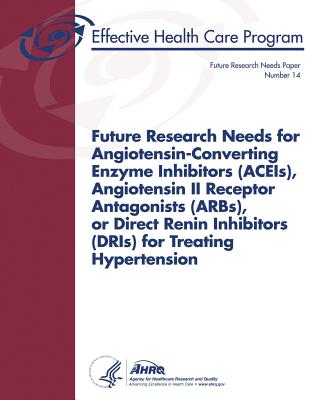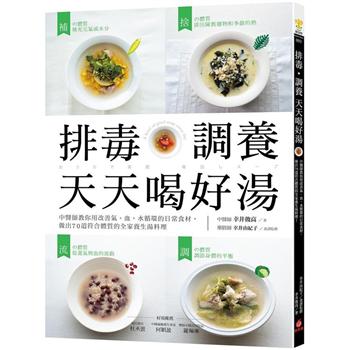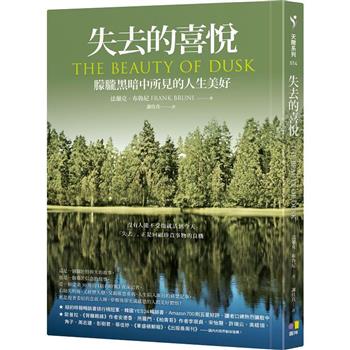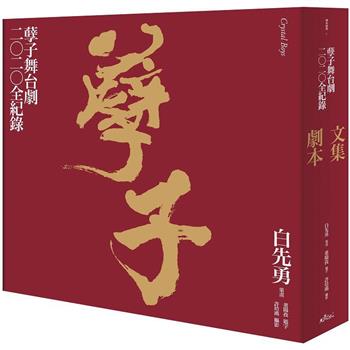Hypertension is the most common reason older adults visit the doctor and advances in antihypertensive therapy have dramatically reduced the associated cardiovascular, cerebrovascular, and renal events. Inhibitors of the renin-angiotensin system (RAS) are the most frequently used medications for blood pressure control and are highly efficacious for reducing hypertension-related outcomes. In 2007, a comparative effectiveness review (CER) sponsored by the Agency for Healthcare Research and Quality (AHRQ) evaluated the long-term benefits and harms of the two most common classes of RAS inhibitors for treating essential hypertension in adults: angiotensin-converting enzyme inhibitors (ACEIs) and angiotensin II receptor blockers/antagonists (ARBs). This 2007 CER was updated in 2011 to incorporate the significant additional direct comparison research published in the interval, and to include the direct renin inhibitors (DRIs), which are the newest class of RAS inhibitors. The 2011 CER addressed the three following Key Questions: KQ 1. For adult patients with essential hypertension, how do ACEIs, ARBs, and DRIs differ in blood pressure control, cardiovascular risk reduction, cardiovascular events, quality of life, and other outcomes? KQ 2. For adult patients with essential hypertension, how do ACEIs, ARBs, and DRIs differ in safety, adverse events, tolerability, persistence with drug therapy, and treatment adherence? KQ 3. Are there subgroups of patients-based on demographic and other characteristics (i.e., age, race, ethnicity, sex, comorbidities, concurrent use of other medications)-for whom ACEIs, ARBs, or DRIs are more effective, are associated with fewer adverse events, or are better tolerated? The results of the CER included 97 studies (36 new since 2007) directly comparing ACEIs versus ARBs and 3 studies directly comparing DRIs to ACEIs or ARBs. The strength of evidence remained high for equivalence between ACEIs and ARBs for blood pressure lowering, and for superiority of ARBs over ACEIs for short-term adverse events (primarily cough). The new evidence did not strengthen the conclusions regarding long-term cardiovascular outcomes, quality of life, progression of renal disease, medication adherence or persistence, rates of angioedema, or differences in key patient subgroups; the strength of evidence for these outcomes remained low to moderate. Evidence on the comparative effectiveness of DRIs versus either ACEIs or ARBs was limited to 3 studies with 2,049 patients and did not allow definitive conclusions on any of the included outcomes. Few studies involved a representative patient sample treated in a typical clinical setting over a long duration; treatment protocols had marked heterogeneity; and significant amounts of data about important outcomes and patient subgroups were missing. Our approach to identifying evidence gaps, prioritizing future research, and developing recommendations for stakeholders is outlined in the following steps. Further detail is provided below. 1. Develop an analytic framework from the original CER in order to understand the clinical and policy context of the review and its initial list of future research needs. 2. Create an initial list of evidence gaps based on the CER organized according to the population, interventions, comparators, and outcomes (PICO) framework. 3. Form a stakeholder group representing appropriate clinician, policymakers, and patient perspectives. 4. Expand the list of evidence gaps based on stakeholder input. 5. Perform an updated review of published literature since the last CER (search last updated in December 2010) and a horizon scan for recently published and ongoing studies that may address the evidence gaps, but which are not included in the current CER. 6. Solicit stakeholder prioritization of the identified research gaps based on the updated literature review. 7. Determine the most appropriate study designs for the highest priority research areas.
| FindBook |
有 1 項符合
Future Research Needs for Angiotensin-Converting Enzyme Inhibitors (Aceis), Angiotensin II Receptor Antagonists (Arbs), or Direct Renin Inhibitors (Dris) for Treating Hypertension的圖書 |
 |
Future Research Needs for Angiotensin-Converting Enzyme Inhibitors (Aceis), Angiotensin II Receptor Antagonists (Arbs), or Direct Renin Inhibitors (Dris) for Treating Hypertension 作者:U. S. Department of Health and Human Services(COR)/ Agency for Healthcare Research and Quality (COR) 出版社:Createspace Independent Publishing Platform 出版日期:2013-05-14 語言:英文 規格:平裝 / 62頁 / 27.9 x 21.6 x 0.3 cm / 普通級 |
| 圖書館借閱 |
| 國家圖書館 | 全國圖書書目資訊網 | 國立公共資訊圖書館 | 電子書服務平台 | MetaCat 跨館整合查詢 |
| 臺北市立圖書館 | 新北市立圖書館 | 基隆市公共圖書館 | 桃園市立圖書館 | 新竹縣公共圖書館 |
| 苗栗縣立圖書館 | 臺中市立圖書館 | 彰化縣公共圖書館 | 南投縣文化局 | 雲林縣公共圖書館 |
| 嘉義縣圖書館 | 臺南市立圖書館 | 高雄市立圖書館 | 屏東縣公共圖書館 | 宜蘭縣公共圖書館 |
| 花蓮縣文化局 | 臺東縣文化處 |
|
|
圖書介紹 - 資料來源:博客來 評分:
圖書名稱:Future Research Needs for Angiotensin-Converting Enzyme Inhibitors (Aceis), Angiotensin II Receptor Antagonists (Arbs), or Direct Renin Inhibitors (Dris) for Treating Hypertension
|









